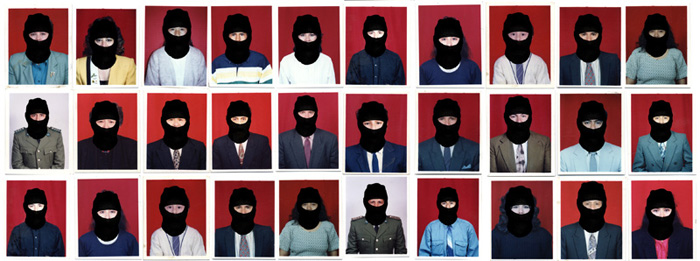
Project 1 / The Mask of the Shoeshiner
The mask of the shoe-shiner
The mask can be seen playing several roles in the Andes region: in rituals, at carnival; but also as a manifestation in the social-political fabric. The mask of the shoe-shiners in La Paz, Bolivia is particularly distinctive. Since the economic debacle of the mid 1980’s, caused by the drop in price of the major export of that country—tin, the young professionals left their houses in desperation to work on the streets, many of them as shoe-shiners. Because this unspecialized labor was seen as a lower-class occupation, they covered their faces.
As Roberta and Peter Markman state in their book “Masks of the Spirit”: “. . . the mask simultaneously conceals and reveals the innermost spiritual force of life itself. Precisely this fundamental opposition of the two ways in which the mask symbolizes the essential relationship between matter and spirit (Markman and Markman 1990: xix).” The mask plays with this duality, in the case of the shoeshiners, hiding their identity so they can function in society without any link to their daily activities, but revealing a fragile socio-economic fabric, where the mask becomes their protection against exclusion and discrimination. They also cover their faces with the mask because this type of labor is socially discriminated against by their peers. The mask becomes a symbolic expression of an in-transit fragmented identity that allows them to resist the economic debacle, where they don’t perform any agency. The mask reveals a society that segregates and excludes by hiding their persona.










